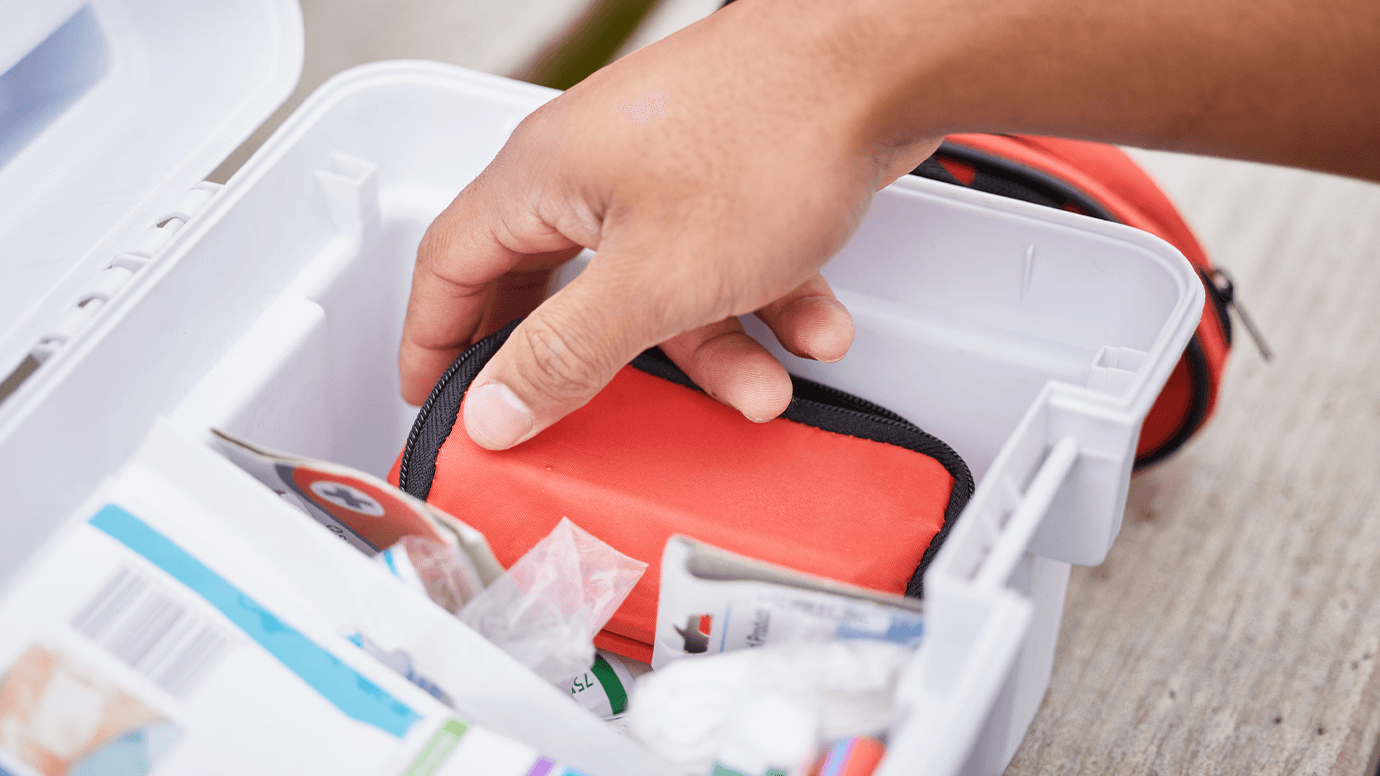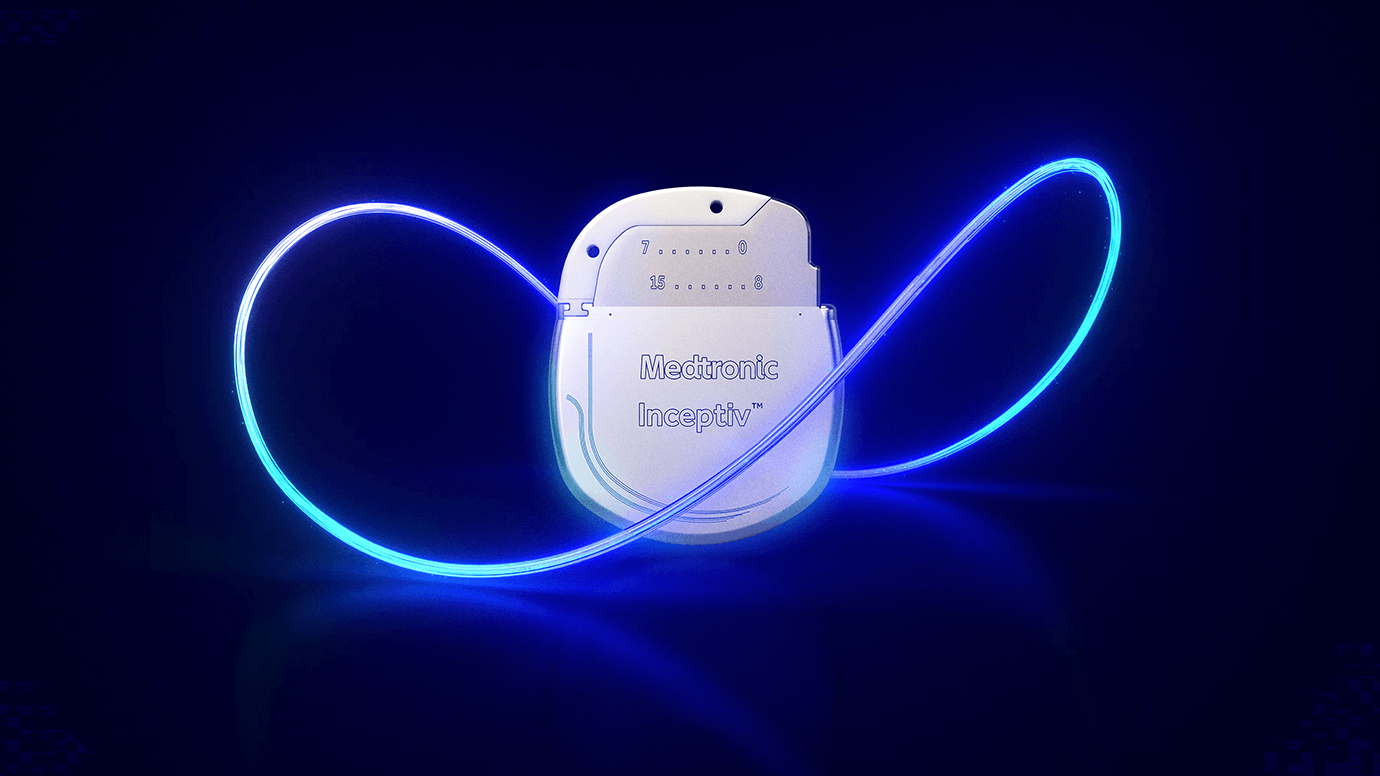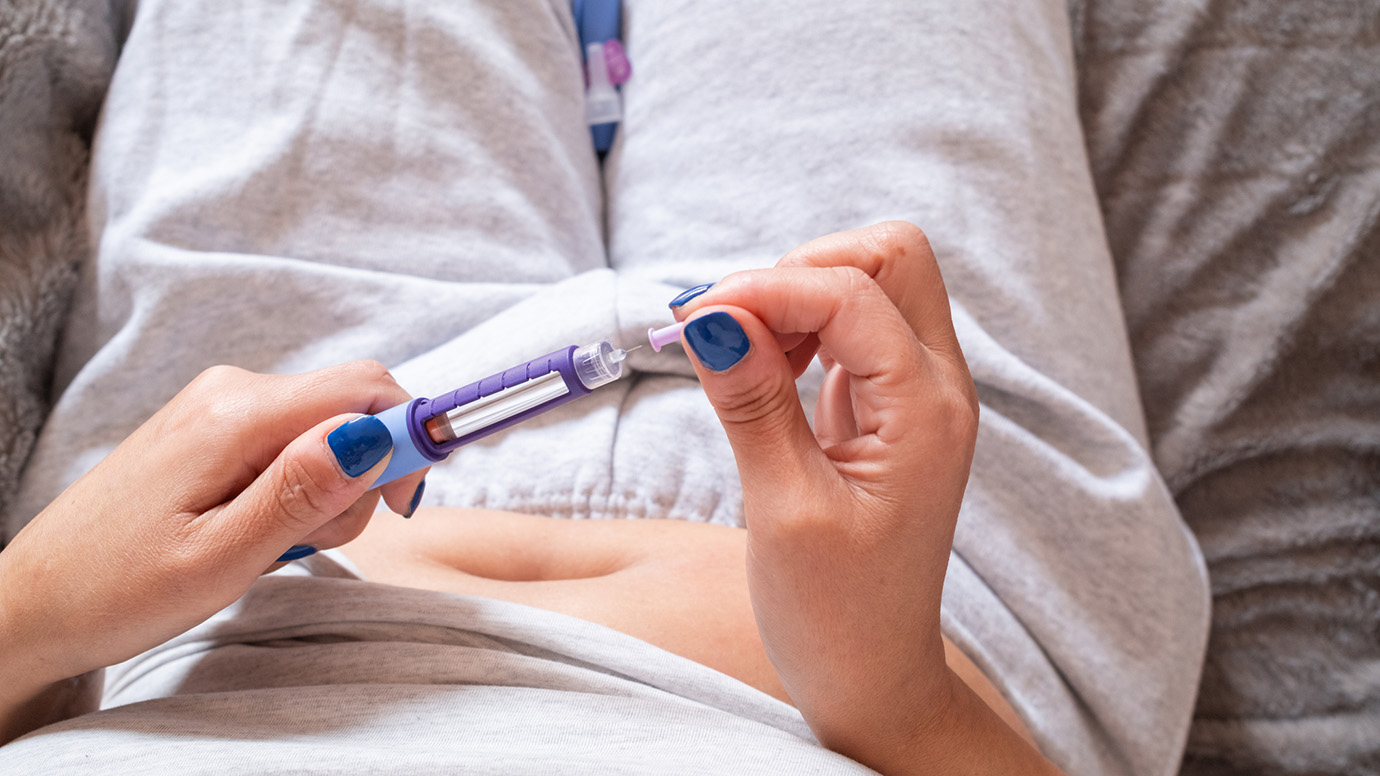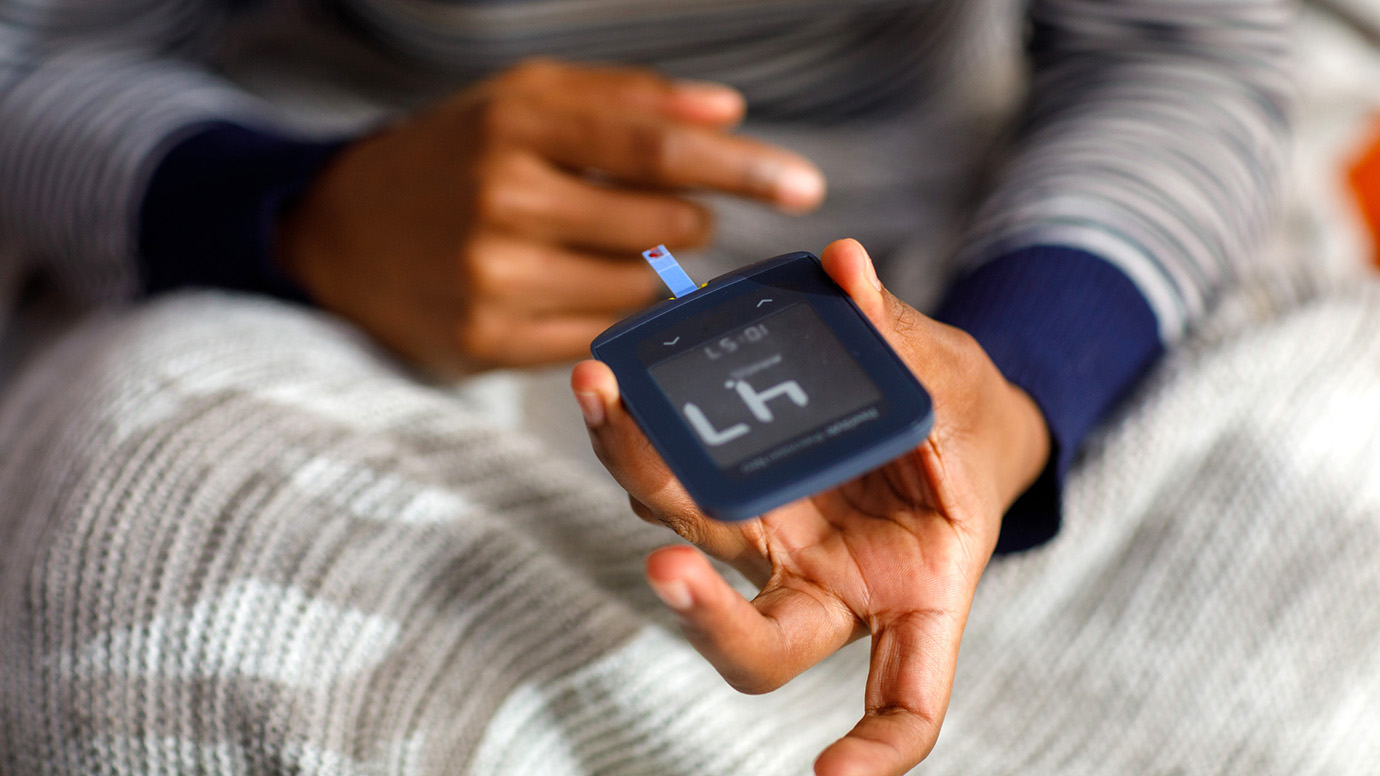A Guide to Using CGM Readings to Navigate Food and Type 2 Diabetes
Written by: Daniel Trecroci
6 minute read
April 18, 2025
Managing food with type 2 diabetes feels like balancing on a tightrope. A continuous glucose monitor (CGM) acts as a guide, offering real-time insights into your body’s response to different foods.
Each data point builds confidence to make more informed choices, stay on track and enjoy diverse foods while keeping glucose levels stable.
This guide explains how CGM insights help individuals with type 2 diabetes choose foods that suit their lifestyle and confidently control glucose levels.
What is a continuous glucose monitor (CGM), and how can it help?
A CGM tracks your glucose levels throughout the day and night, offering a complete picture of how different foods impact your body.
- CGMs aid diabetes management by showing how meals, activities and insulin affect a person’s glucose levels.
- CGMs work by using a tiny sensor placed under the skin that measures glucose levels in the interstitial fluid.
- Glucose data is sent to a handheld reader or a smartphone app.
- The American Diabetes Association states that CGMs improve glucose control and lower complication risks.
How different foods affect glucose—what your CGM can tell you
Carbohydrates affect glucose in varying ways. Understanding this can help you make better food choices:
- Simple carbohydrates, such as white bread or sugary drinks, cause quick spikes in glucose.
- These highs can lead to energy crashes and more insulin adjustments.
- Fiber-rich complex carbohydrates, such as whole grains, legumes and vegetables, cause a slower rise in glucose, offering steadier energy and better glucose control.
By tracking patterns, CGMs help people make informed food choices that align with their glucose management goals.
For example:
- One study highlighted that CGM users found it empowering to see how foods impacted glucose levels.
- Real-time feedback inspired them to pick healthier foods and adopt active lifestyles.
- A dietitian shared her experience with a CGM, noting how various meals influenced her glucose levels.
- This insight helped her understand the importance of balanced meals.
- Another article shared a story about a CGM user who adjusted their diet by focusing on low-glycemic foods and pairing carbs with proteins or healthy fats.
- This approach led to more stable glucose levels.
How to use CGM data to adjust medications and improve glucose control
CGM readings can also help you and your doctor fine-tune your medication plan.
- By tracking patterns, you can identify foods or times that cause highs or lows, enabling better medication adjustments.
- Frequent after-dinner spikes on a CGM might lead healthcare providers to recommend changes to medication timing or dosage.
“This personalized approach leads to improved glucose control,” says Melanie Batchelor, MHS, RD, LDN, CDCES.
The best times to eat and take medications based on your CGM readings
When you eat is just as important as what you eat.
- Studies show that eating late at night, especially right before bed, can make it harder for your body to control glucose.
- Melatonin, a bedtime hormone, reduces insulin release, impacting how the body controls glucose levels.
- CGM data can show whether eating late at night leads to high morning glucose or if skipping meals causes lows.
- By adjusting meal times based on CGM trends, you can prevent drastic swings in glucose and maintain better glucose stability.
- Additionally, timing medications to align with meal patterns can further optimize glucose management.
A judgment-free approach to food and diabetes management
Managing diabetes is not about perfection—it’s about learning and making adjustments over time.
- CGM data provides valuable feedback without judgment.
- If your glucose spikes, instead of feeling guilty, use it as an opportunity to learn and tweak your food choices.
“Avoiding food guilt is important for mental well-being,” says Batchelor. “A non-restrictive, mindful approach to eating leads to better long-term diabetes management.”
Research shows that a non-restrictive, mindful approach to eating leads to better long-term diabetes management.
Gain confidence in your food and health choices
Using a CGM can help you make smarter food choices, adjust medications, and improve overall glucose control.
- The key is to use the data as a tool for learning rather than as a source of stress.
- Balance, flexibility, and personalization guide type 2 diabetes patients in creating effective management plans.
- If you’re interested in trying a CGM, talk to your healthcare provider.
- They can help you find the best option and effectively use the data.
Living with type 2 diabetes doesn’t mean giving up your favorite foods—it means learning how to enjoy them in a way that works best for your body.
With a CGM as your guide, you have the power to take control of your health with confidence and ease.
This content was made possible by Abbott Diabetes Care, an active partner of Beyond Type 1. Beyond Type 1 maintains editorial control over its content.

Author
Daniel Trecroci
Dan has written about diabetes for more than 20 years. He was one of Diabetes Health's first hires. Throughout his 10+ years as Managing Editor, he wrote/published thousands of articles and helped establish Diabetes Health as the premiere resource for people with diabetes. He later became the Content Manager for OneTouchGold—Johnson & Johnson/LifeScan’s official digital publication for its metering technology customers. Under his leadership, OneTouchGold received the Web Marketing Association’s award for “Best Health & Wellness" web site. Dan has also written for the Diabetes Research Institute, dLife, diaTribe, Healthline, CareDx, Pendulum Therapeutics, and Hero Bread.
Related Resources

At just 17, Collin Lloyd is making a name for himself in karting—on and off...
Read more

Managing diabetes requires ongoing preparation. Organizing your diabetes supplies isn’t optional—it’s essential. Quickly locating insulin,...
Read more

Living with diabetes might be a pain in the neck, but diabetic peripheral neuropathy (DPN)...
Read more

